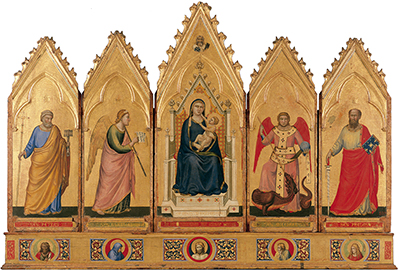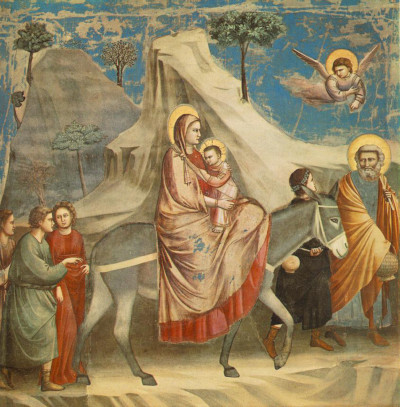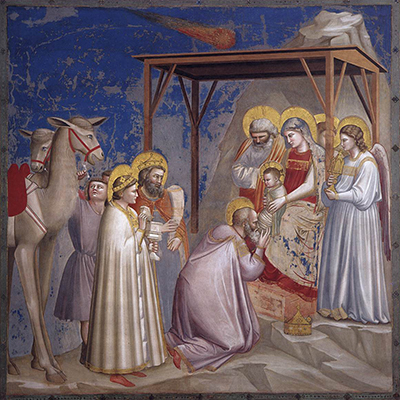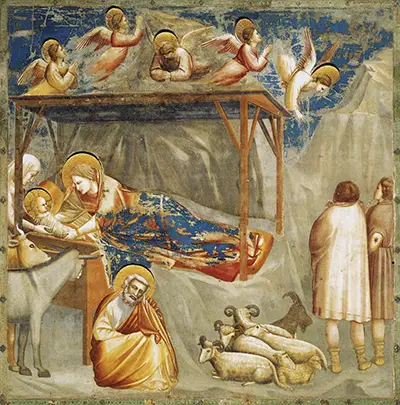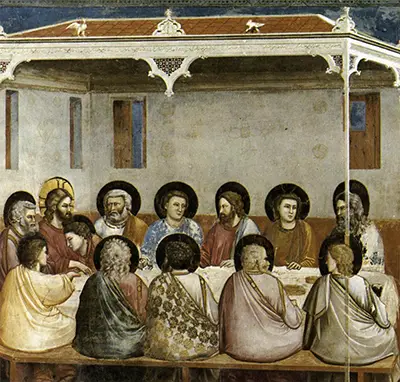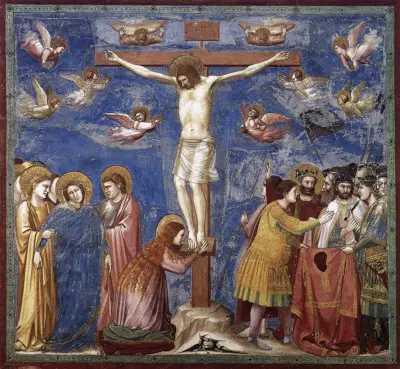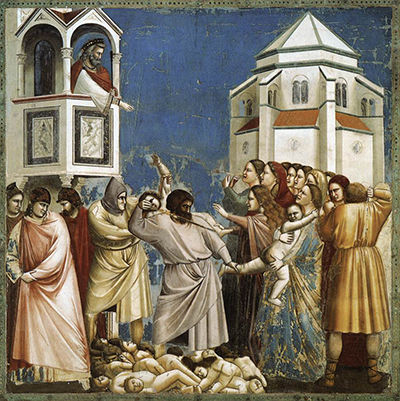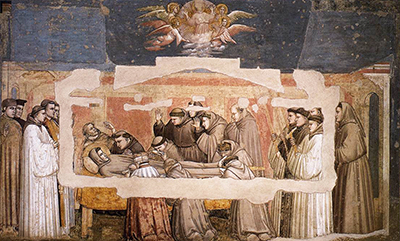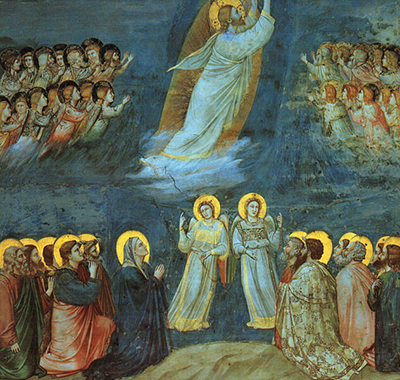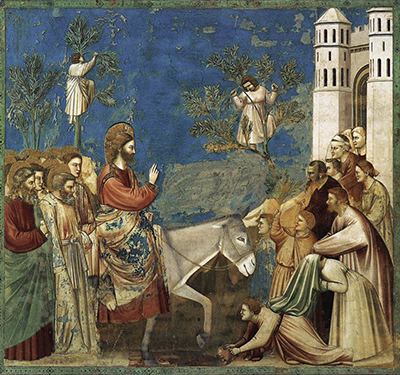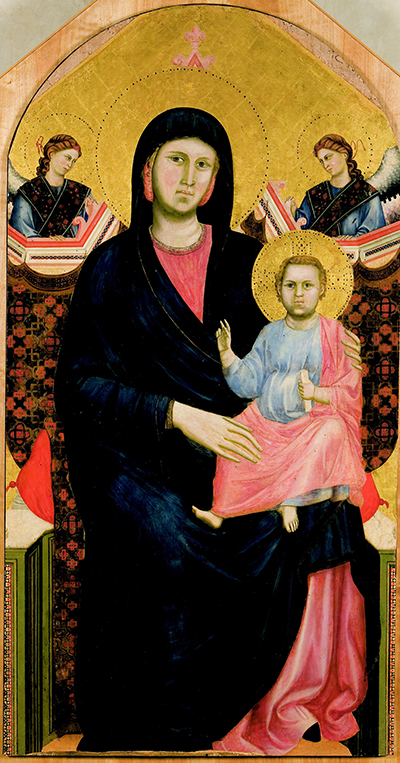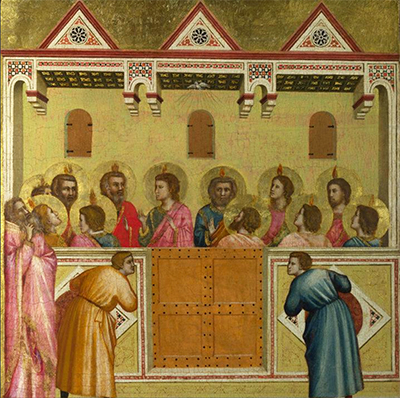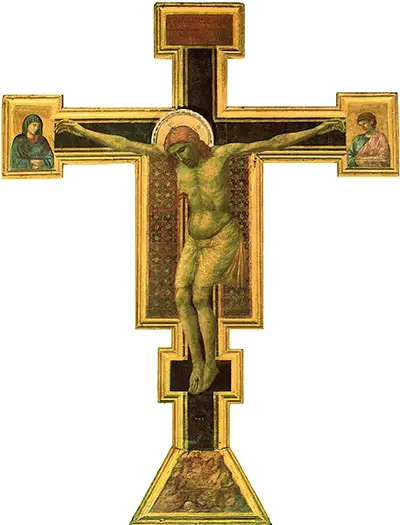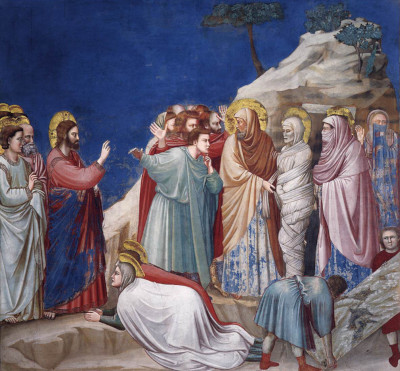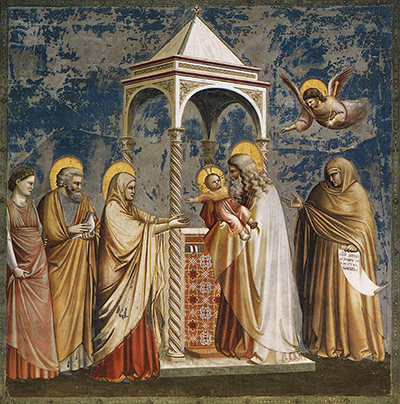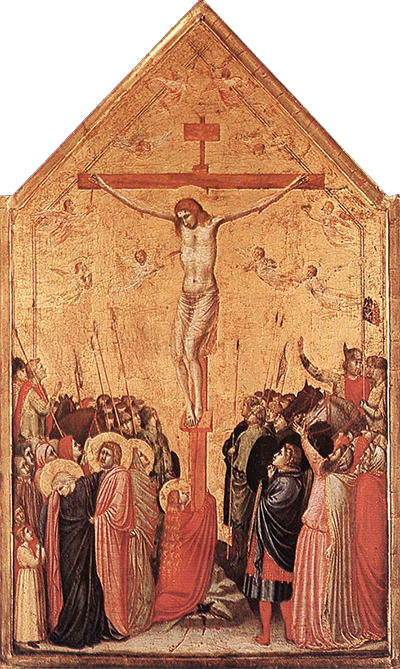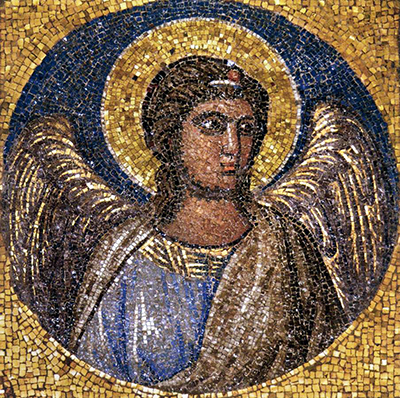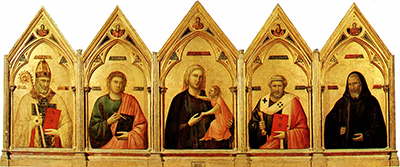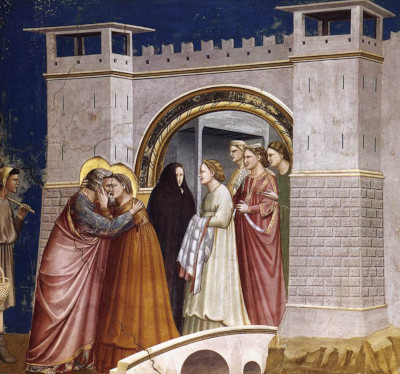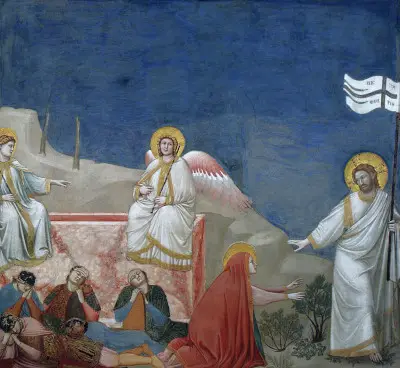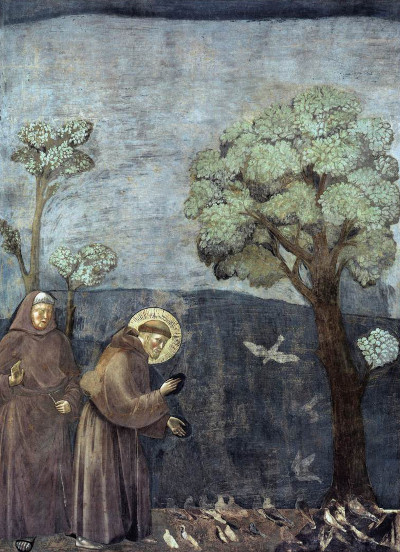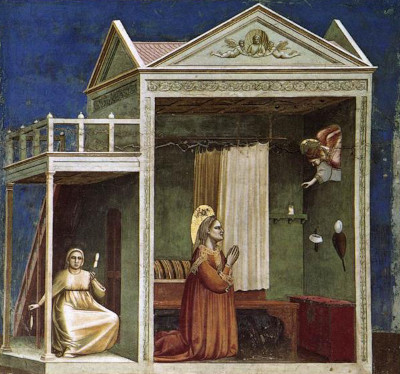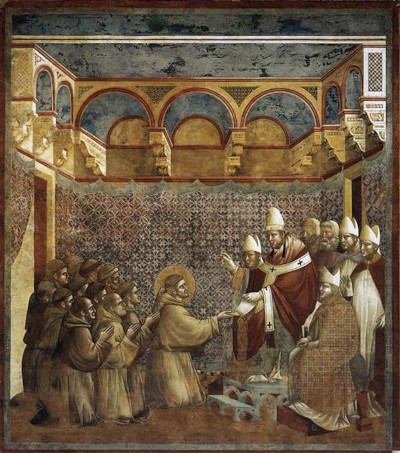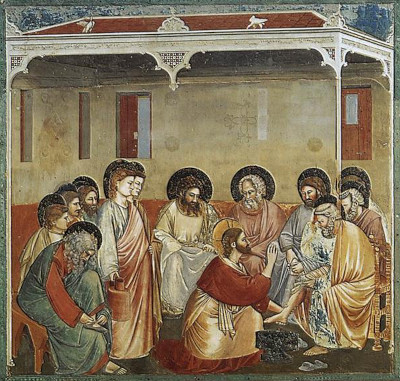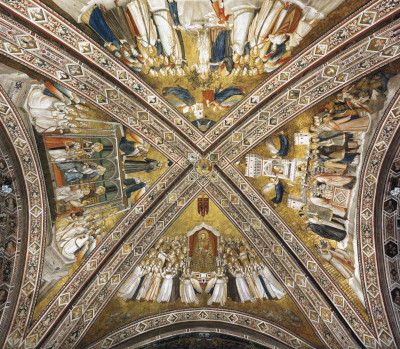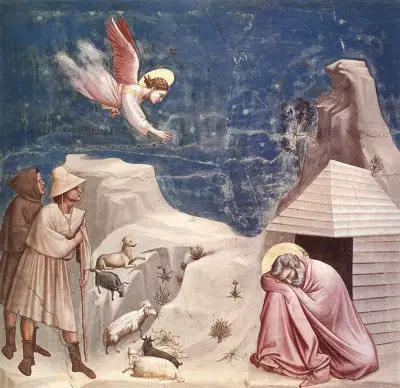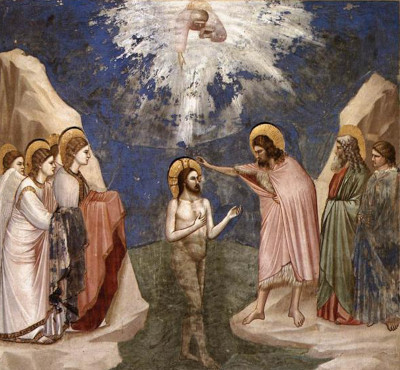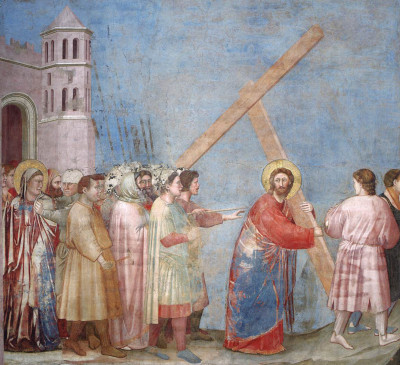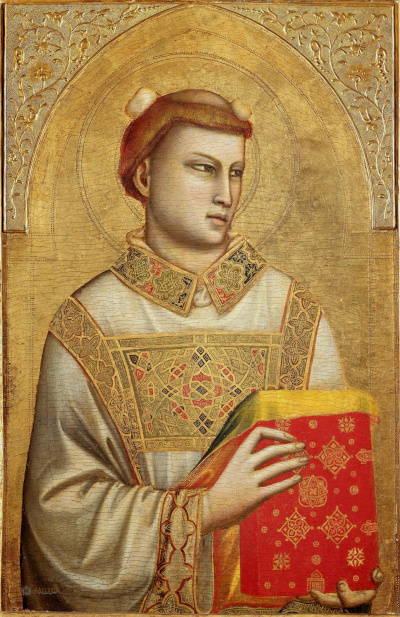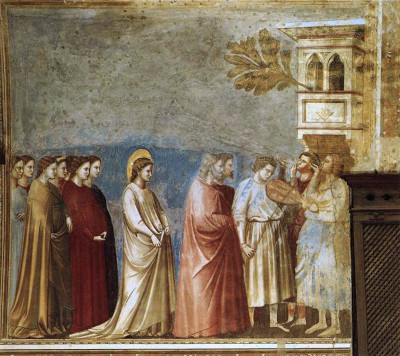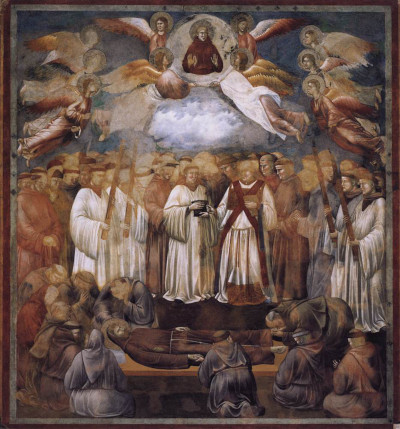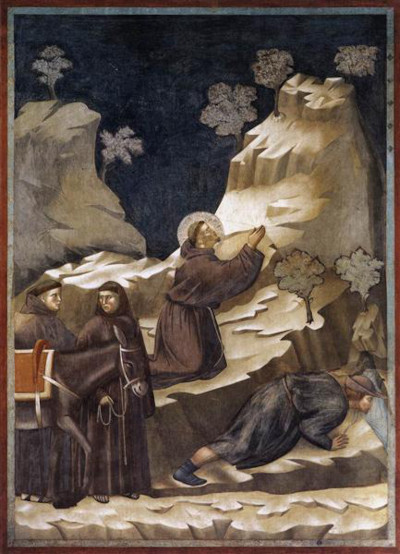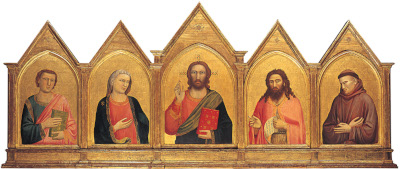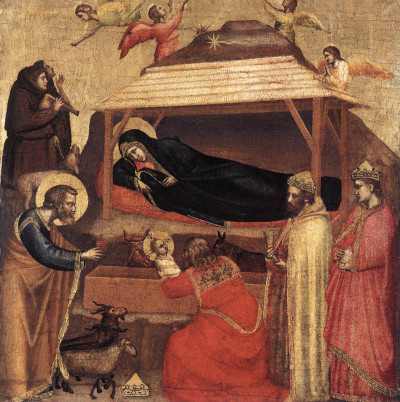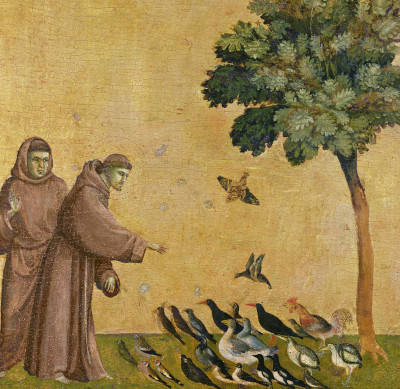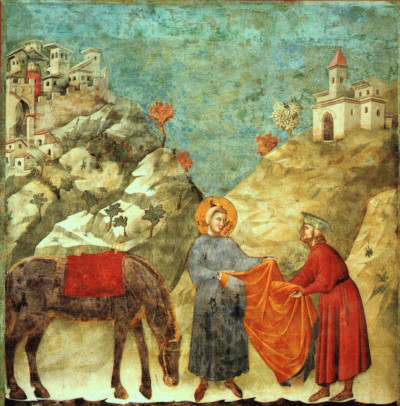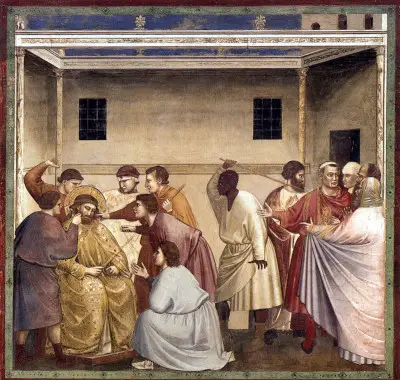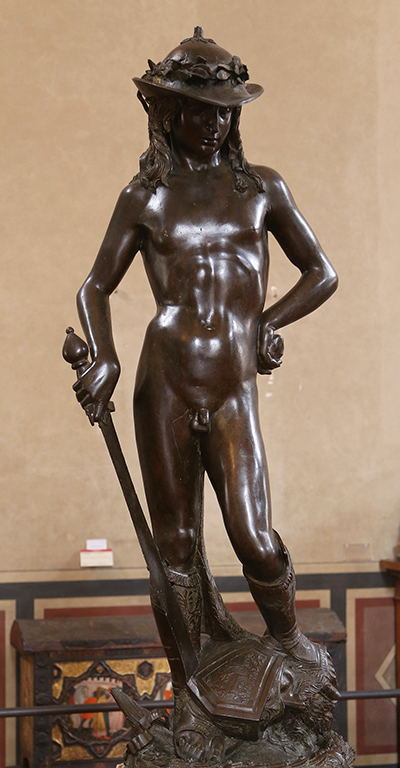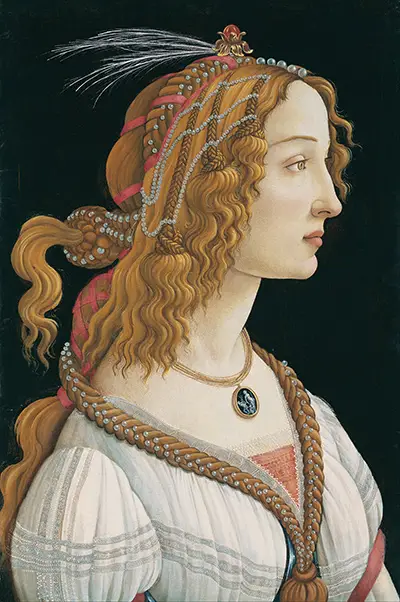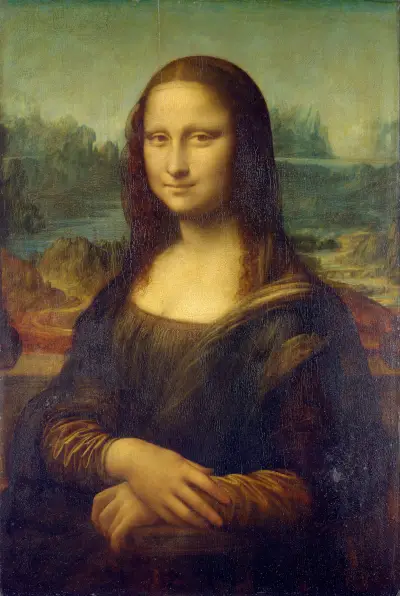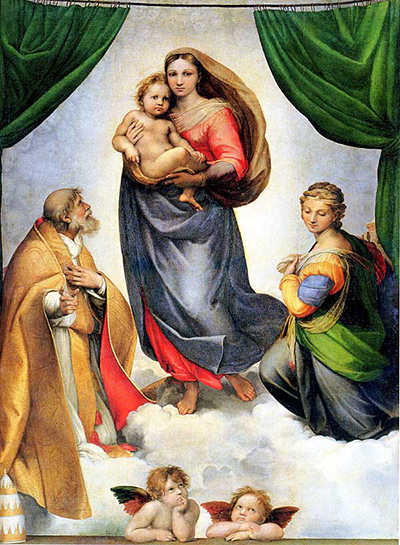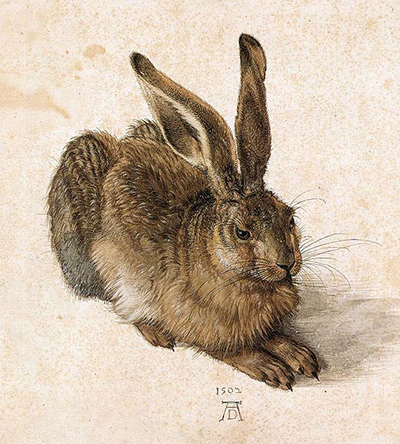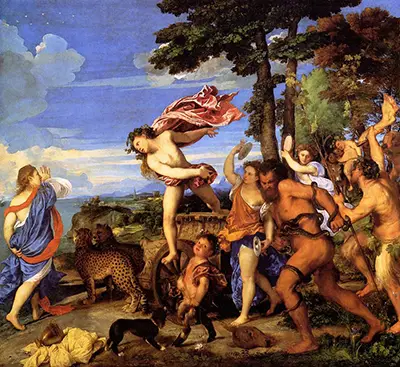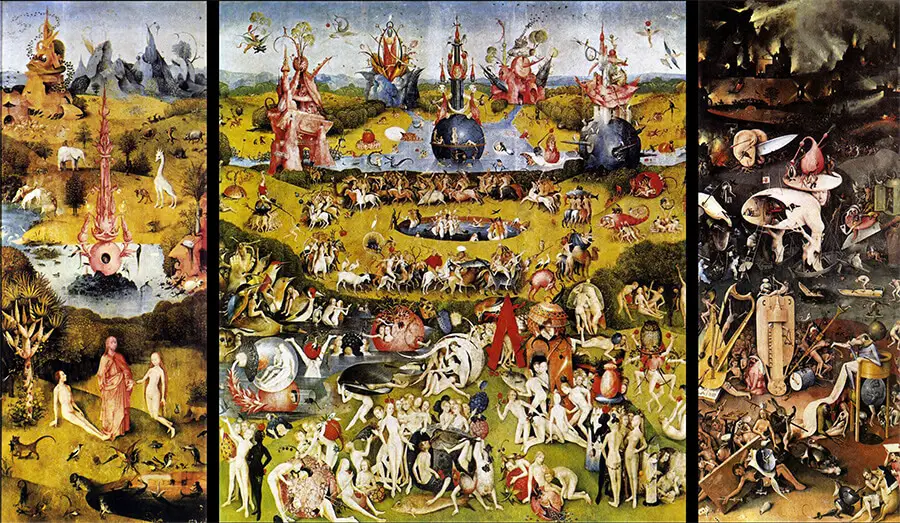Giotto di Bondone would use bold paint in order to deliver weighty figures in his compositions and preferred a realist approach to his portraits, unlike much of what had gone before
Use of Architecture within his Paintings
The artist's understanding of architecture would aid his background detail, allowing him to produce believable scenes that would support the main focus of each painting. He would make use of building work or landscapes, sometimes incorporating both behind his leading figures. To be able to do all these genres effectively and then stitch them together into a final piece requires great versatility as an artist as well as the necessary training and practice.
Artistic Education
Giotto himself was taught by Cimabue (according to Giorgio Vasari), a star of Florentine painting who had first discovered his young apprentice sketching a sheep on a rock. His ability to achieve realism would perk the interest of Cimabue and lead to him offering tutorship. In fact this early strength remained in all of his future paintings and was very much a characteristic of his whole career.
Natural Talent
One amusing story, as told by famous art biographer Giorgio Vasari, was that Giotto's ability to produce lifelike depictions once led his master to attempt to scare away a fly sat on his canvas, only to realise that it had been painted earlier by Giotto himself. There are several other examples that outline Giotto's exceptional natural talent as well as his close bond with his master.
There has been evidence to disprove much of what Vasari claimed about Giotto and that he was not actually the pupil of Cimabue. All these years later, it is unlikely that this theory will ever be proven one way or the other. What we do know is that by the early 14th century Giotto owned a home in Florence, which he would return to see his family whenever he had the opportunity.
Artistic Influences
Giotto di Bondone's paintings are connected to Renaissance painter Sandro Botticelli through poet Dante. He was one of the earliest backers of Giotto's legacy and his poetry was later supported by Botticelli's illustrations in The Divine Comedy.
Attribution has proved controversial on a large number of frescos from around this period in European art and despite the best efforts of art historians, there still surrounds some confusion and debate over elements of Giotto's career. Such arguments have been running for centuries and despite the significant improvements in scientific techniques for undercovering artistic secrets, many questions still remain unanswered.
The artists of the Early Renaissance and just before and afterwards are amongst the most important of all. Their work redirected the path of European art and paved the way for the likes of Michelangelo, Leonardo da Vinci, Raphael and then all art movements that followed on from that. Giotto may not have quite the same level of fame as them but art historians respected his work and understand just how important his life and career were.
More Renaissance Artists



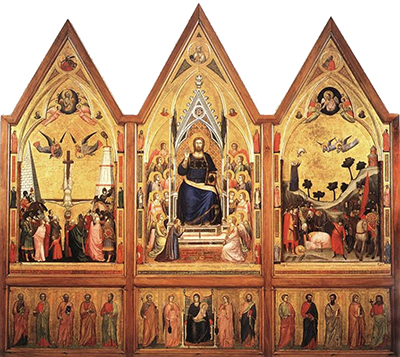
 Giotto.jpg)
 Giotto.jpg)
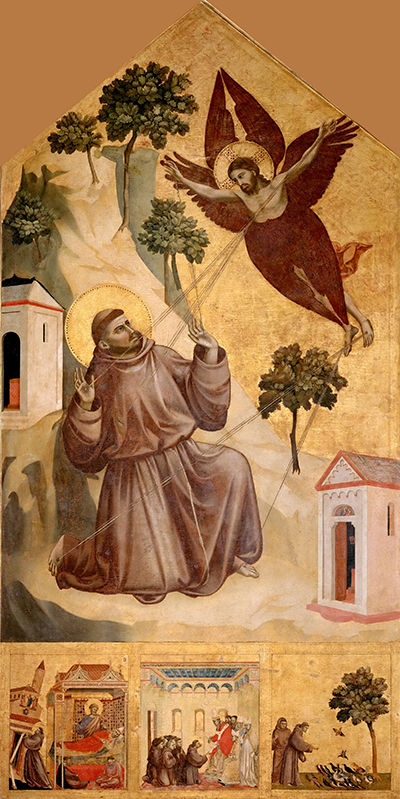
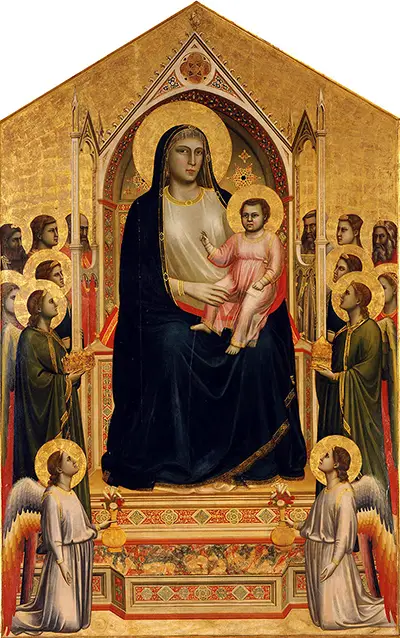
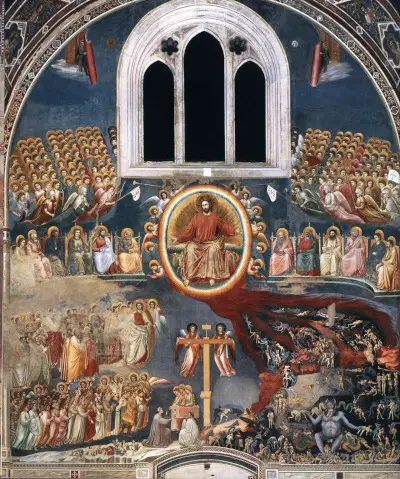
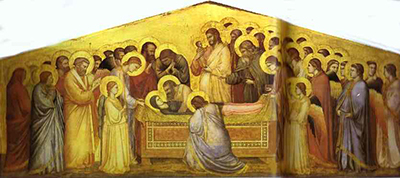
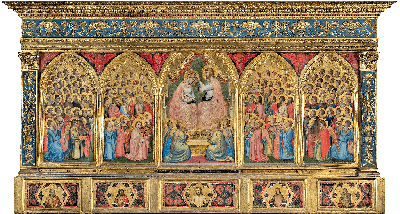
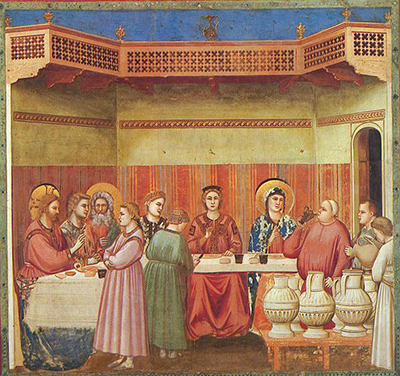
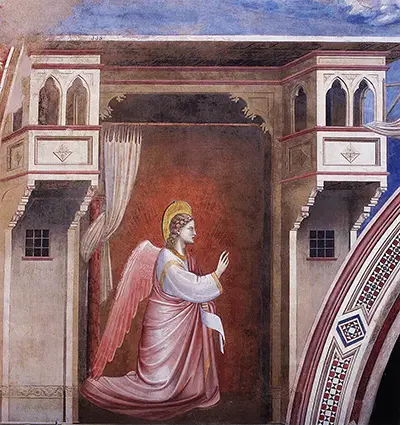
.jpg)
